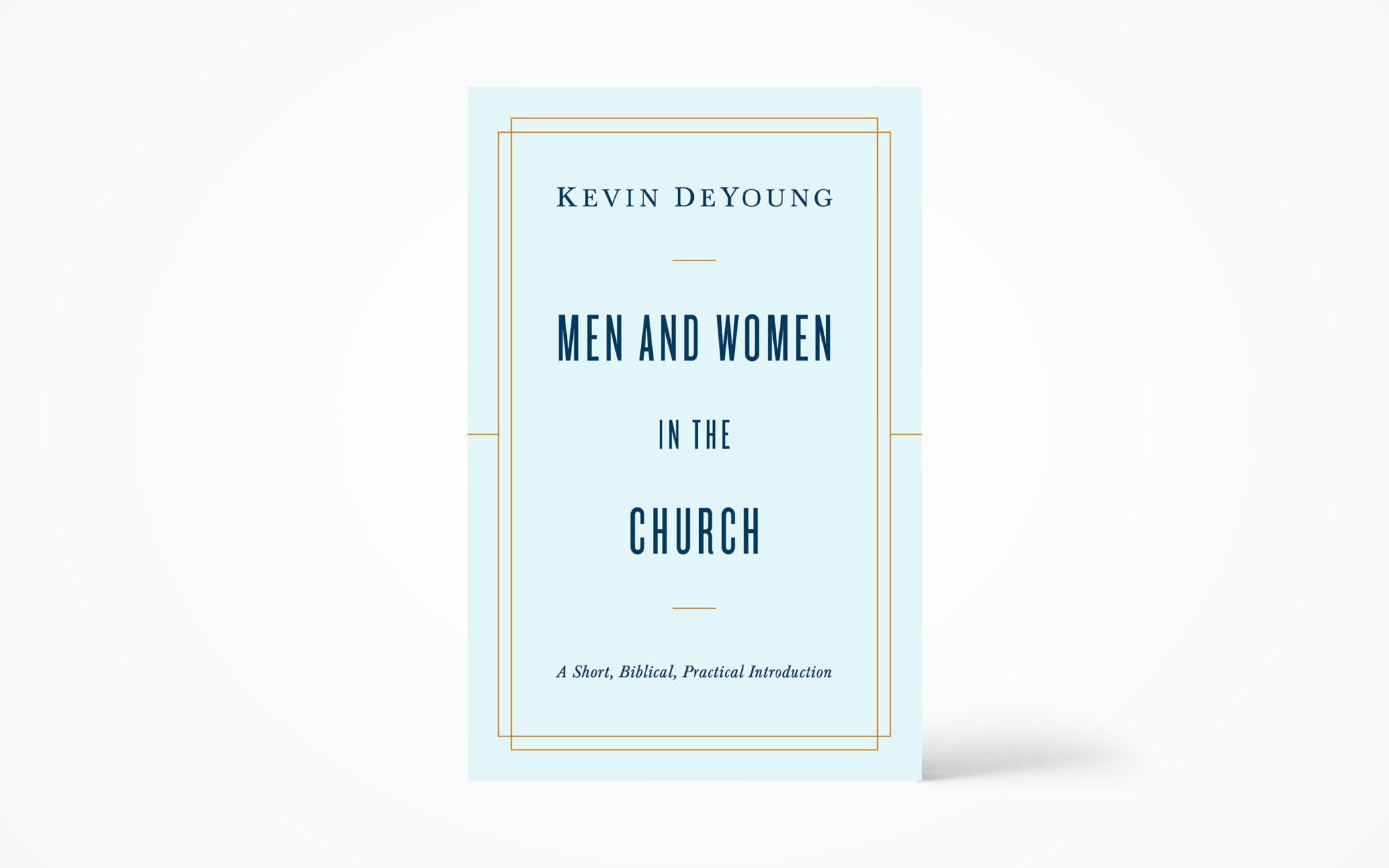In this book, Kevin DeYoung provides a brief, intelligent, and pastorally sensitive introduction to the complementarian understanding of what the Bible teaches about the roles of men and women in the family and in the church.
The book is divided into two parts. In the first part, DeYoung argues a biblical case for the complementarian position. Foundational to his argument is what he believes Genesis 1-3 teaches about the roles of men and women in God’s created order. He argues that Genesis 1-3 teaches that, in the beginning, God established a created order in which “men and women possess equal worth and dignity,” and yet they each possess “different tasks.” These different tasks, DeYoung argues, are grounded in God’s design to create men and women with distinct “creational capacities.” Adam’s capacities, DeYoung argues, made him fit especially for the tasks of cultivating the garden and for performing “the priest-like task of maintaining the holiness of the garden.” In contrast, Eve’s capacities, DeYoung argues, made her fit for helping Adam, especially by helping him to create a hospitable home in which they could both fulfill God’s mandate to “be fruitful and multiply” (Gen. 1:28).
From there, DeYoung turns his attention in chapter 2 to the rest of the Old Testament. He argues that the Old Testament patterns of male-female interaction reconfirm that God’s continuing intention for his people was that men and women would interact according to the paradigm established in Genesis 1-3. In chapter 3, DeYoung turns to the New Testament, arguing that, while Jesus’s attitude toward women was revolutionary for his time, Jesus, nevertheless, continued to reaffirm the principles of God’s created order in his teaching and in his actions. Finally, in chapters 4-7, DeYoung argues that the Apostle Paul, despite some appearances to the contrary, followed in Jesus’s footsteps by teaching that God’s created order remained the pattern according to which men and women ought to serve one another.
In the second part, DeYoung devotes one chapter to responding to some of the most common objections to the complementarian view. He concludes the main part of the book with two chapters in which he provides pastoral counseling on childrearing and on how Christian men and women might go about striving to more fully manifest God’s unique design for their lives. The book concludes with an appendix in which DeYoung addresses the question of whether complementarian churches should allow non-ordained women to preach.
While not agreeing with all of his claims and conclusions, I found DeYoung’s overall case for the complementarian position compelling. At the very least, DeYoung has shown that it is by no means obvious that the complementarian understanding of what Scripture teaches is false. Accordingly, this book will be helpful both to complementarians interested in learning more about their position and to egalitarians interested in better understanding their complementarian sisters and brothers in Christ. In either case, tolle lege, take up and read. (Crossway)
About the Author
Cedric Parsels is the pastor of Dorr Christian Reformed Church in Dorr, Mich. He earned his M.Div. from Princeton Theological Seminary in 2013 and his Th.M. from Calvin Theological Seminary in 2021.

